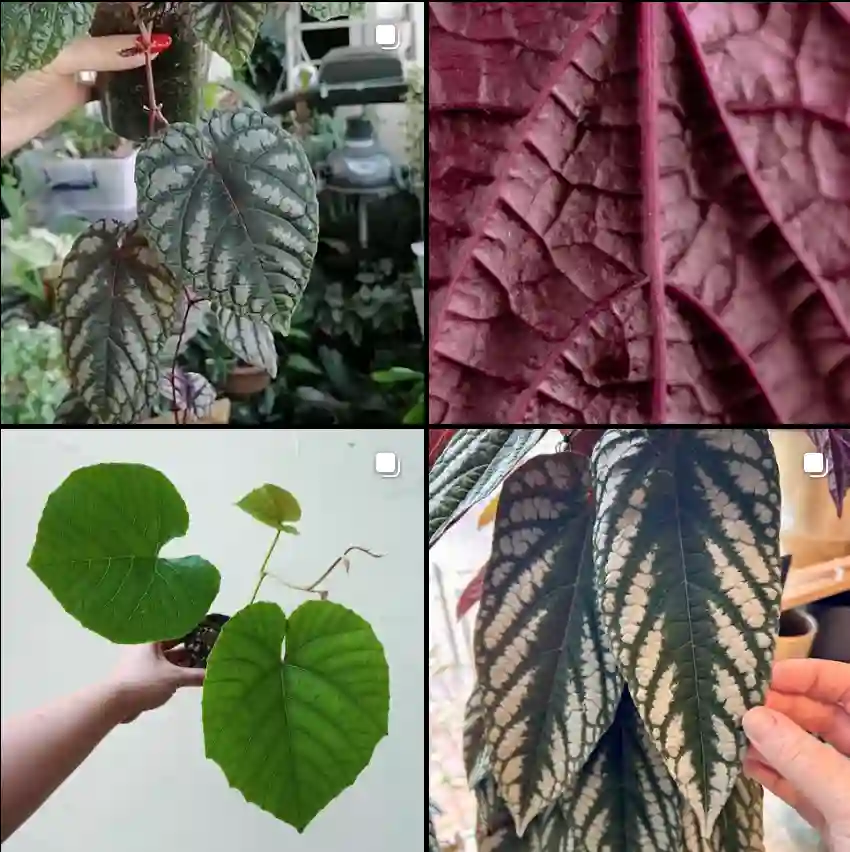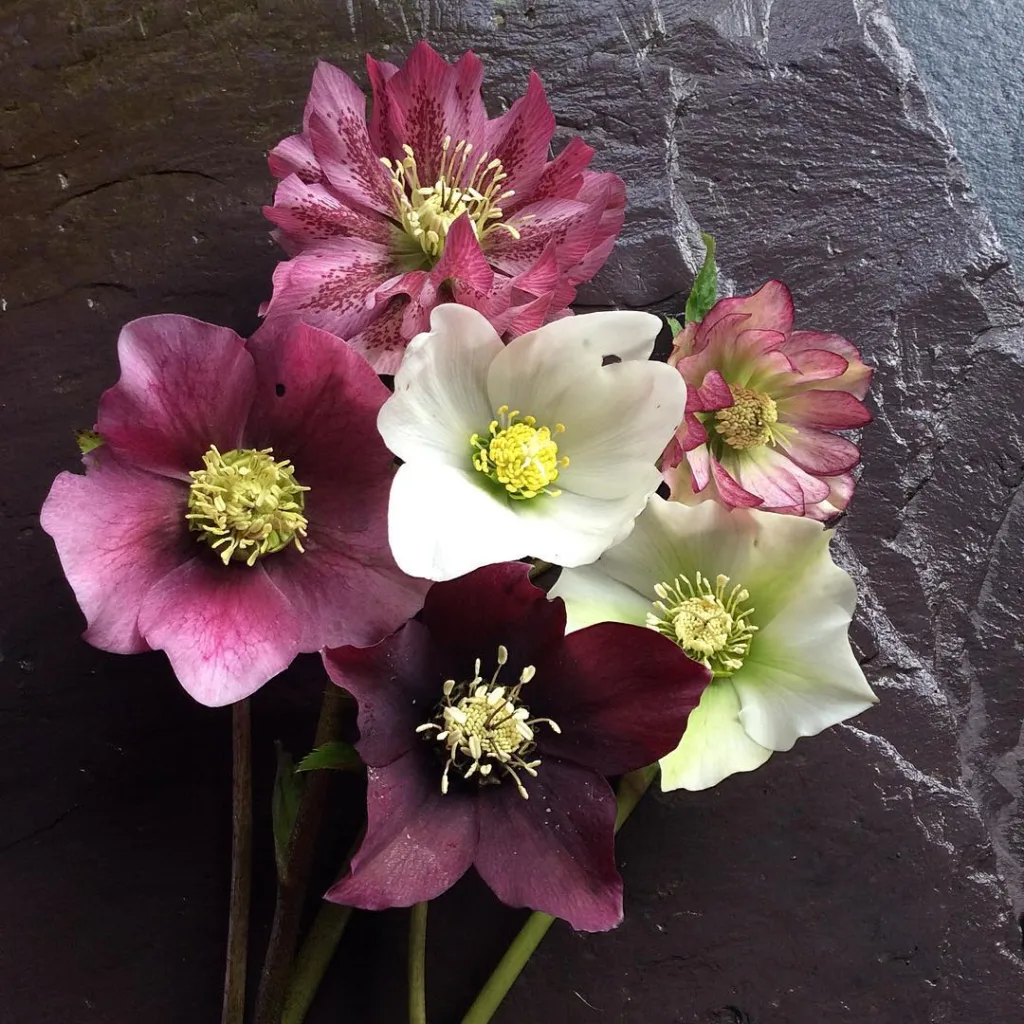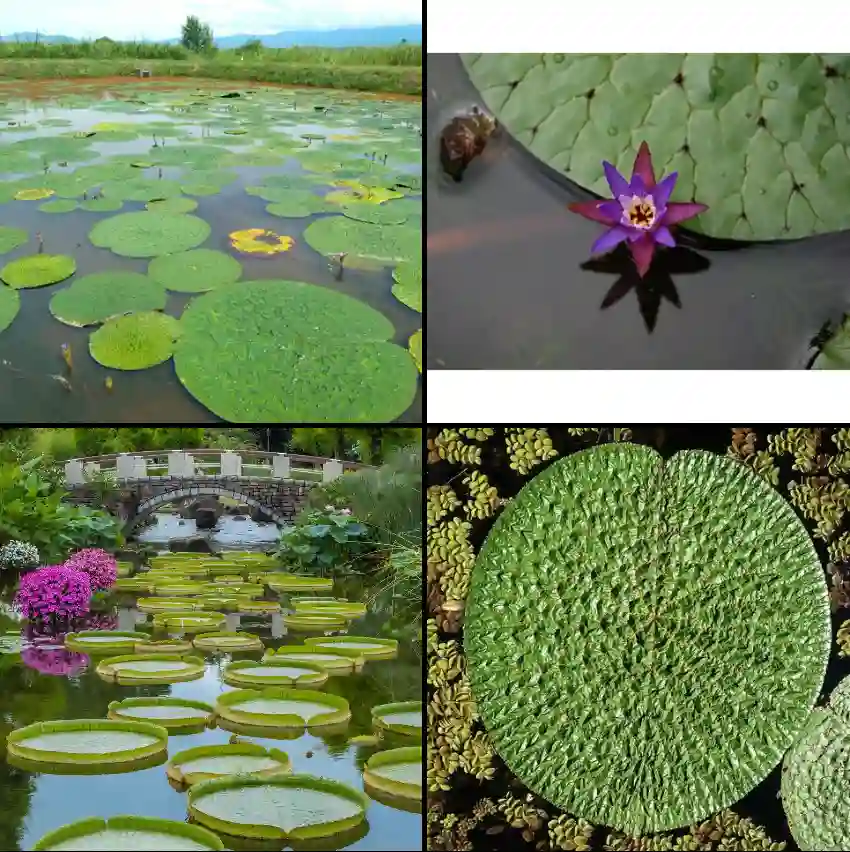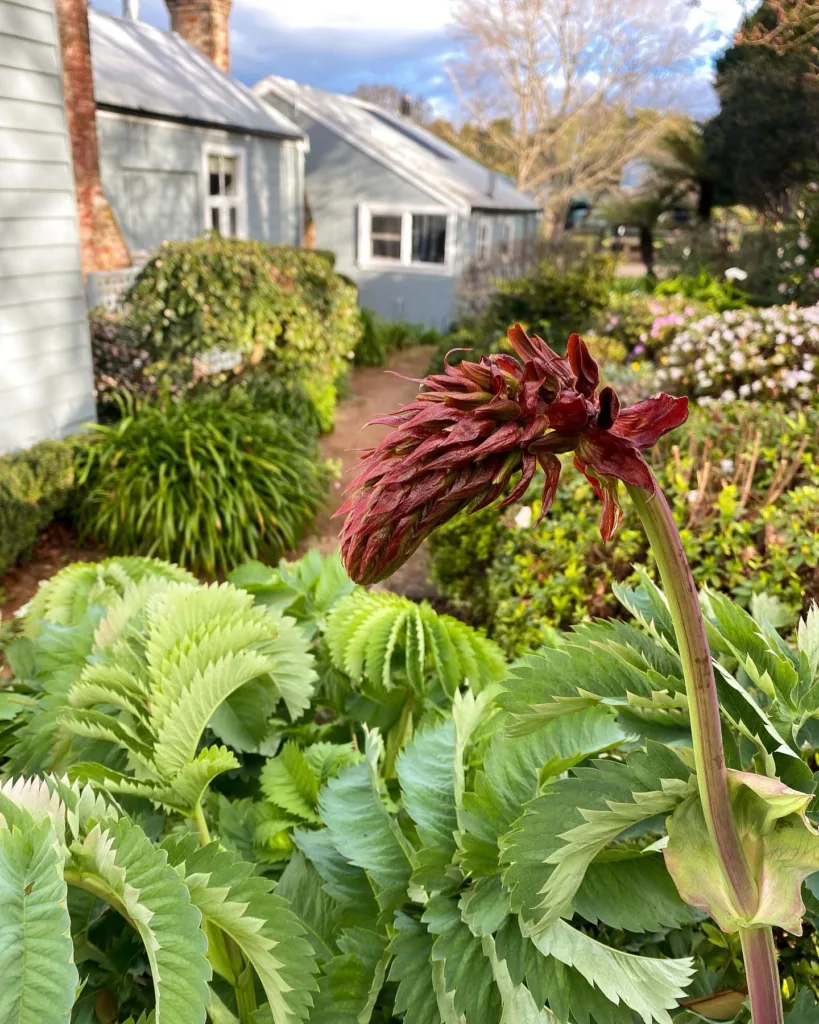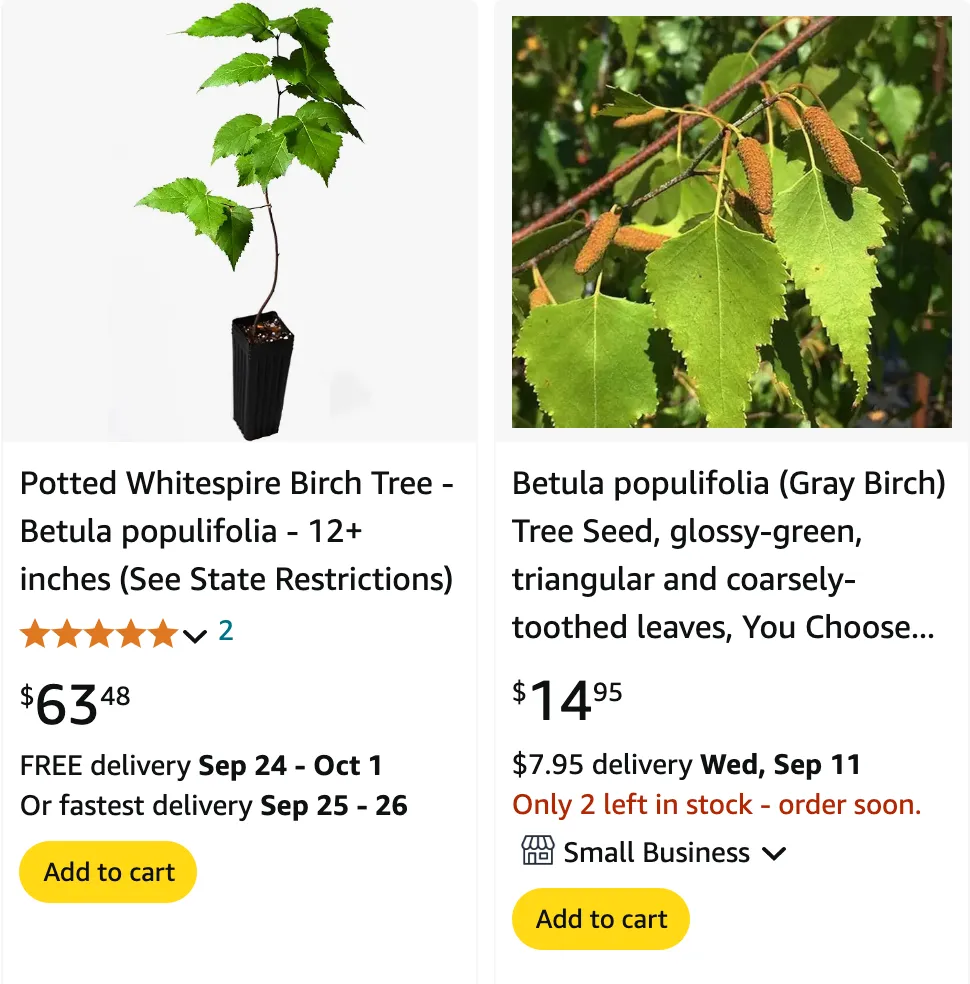
FAQs About Betula Populifolia
Betula Populifolia, commonly known as the Gray Birch, is a tree I’ve grown to appreciate for its unique characteristics and charm. It’s a relatively common sight in various landscapes, but I often get asked some intriguing questions about it. Here, I’ll address the most frequently asked questions about this tree, including its leaves, how it compares with other species, and much more.
87 Species in Genus Betula – Birch Tree
What Is Betula Populifolia?
Betula Populifolia, or Gray Birch, is a deciduous tree native to North America. It’s known for its distinctive white bark, which peels in thin, papery layers. This tree typically grows between 20 to 30 feet tall and has a relatively slender trunk. The Gray Birch thrives in a variety of soil conditions, though it prefers well-drained soil and full sunlight.
Are the Leaves of Betula Populifolia Hairy or Smooth?
The leaves of Betula Populifolia are smooth rather than hairy. They are ovate or triangular in shape, with a serrated edge. The surface of the leaves is glossy and smooth, contrasting with some other birch species that have hairy or fuzzy foliage. This smooth texture adds to the tree’s refined appearance and makes it relatively easy to identify.
How to Care for Betula Populifolia?
Caring for Betula Populifolia involves a few straightforward steps. The tree prefers full sun, although it can tolerate partial shade. It’s adaptable to various soil types, but it performs best in well-drained soil. Regular watering is essential, especially during dry periods. Pruning is generally minimal but should be done to maintain the tree’s shape and remove any dead or damaged branches. Keep an eye out for pests such as aphids and birch borer, and treat infestations promptly.
How to Propagate Betula Populifolia?
Propagating Betula Populifolia is typically done through seeds or cuttings. Collect seeds in the fall and sow them in a well-drained seed-starting mix. Keep the seeds in a cool, moist environment until they germinate. For cuttings, take hardwood cuttings in late winter or early spring, and plant them in a suitable rooting medium. Propagation through cuttings can be more challenging and may require hormone treatments to encourage root growth.
What to Plant With Betula Populifolia?
Betula Populifolia pairs well with various companion plants. In a garden setting, consider planting it with native shrubs and ground covers that complement its white bark and smooth leaves. Plants such as Eastern Redbud, Hosta, and Shade-tolerant ferns can create a visually appealing contrast. In a more naturalized landscape, wildflowers and grasses that thrive in similar soil conditions can enhance the tree’s natural beauty.
Can You Grow Betula Populifolia Indoors?
Growing Betula Populifolia indoors is not practical due to its size and growth requirements. This tree is suited for outdoor environments where it has space to grow and spread. Indoors, it would struggle with limited light and space, and the conditions would not be ideal for its development.
Is Betula Populifolia Toxic?
Betula Populifolia is not considered toxic to humans or pets. It is a safe choice for gardens and landscapes where children and animals might be present. However, as with all plants, it’s a good idea to avoid ingestion and contact with plant parts in large amounts.
What Are the Benefits of Betula Populifolia?
Betula Populifolia offers several benefits. Its striking white bark adds visual interest to any landscape. The tree is also valued for its adaptability and relatively low maintenance needs. It provides good shade and can improve soil quality by adding organic matter as it sheds its leaves. Additionally, the tree supports local wildlife by offering habitat and food sources for birds and insects.
Common Problems with Betula Populifolia
One common problem with Betula Populifolia is susceptibility to pests like birch borer and aphids. These pests can cause damage to the tree’s foliage and overall health. Ensuring proper care and monitoring for signs of infestations can help manage these issues. Additionally, the tree may suffer from leaf spot diseases in overly wet conditions, so maintaining good air circulation around the tree can help prevent this.
Betula Populifolia vs. Betula Papyrifera
When comparing Betula Populifolia to Betula Papyrifera, or Paper Birch, there are notable differences. Betula Papyrifera has a more pronounced, peeling bark that’s often used in crafts and artwork. In contrast, Betula Populifolia has a thinner, less papery bark. The leaves of Betula Papyrifera are also slightly more triangular and may have a more textured surface compared to the smooth leaves of Betula Populifolia. Both trees are valued for their aesthetic appeal, but their bark and leaf textures set them apart.
In conclusion, Betula Populifolia is a remarkable tree with unique characteristics and benefits. From its smooth leaves to its attractive bark, it offers much to appreciate in various garden and landscape settings. Whether you’re considering it for your garden or just curious about its traits, I hope this guide provides the answers you need.
If i die, water my plants!
